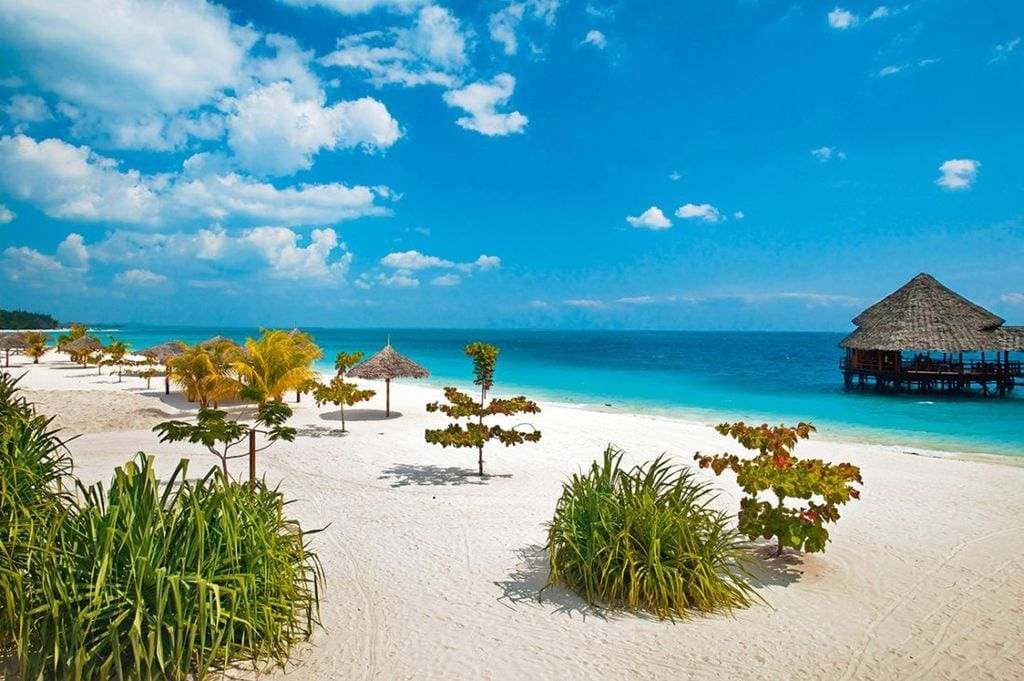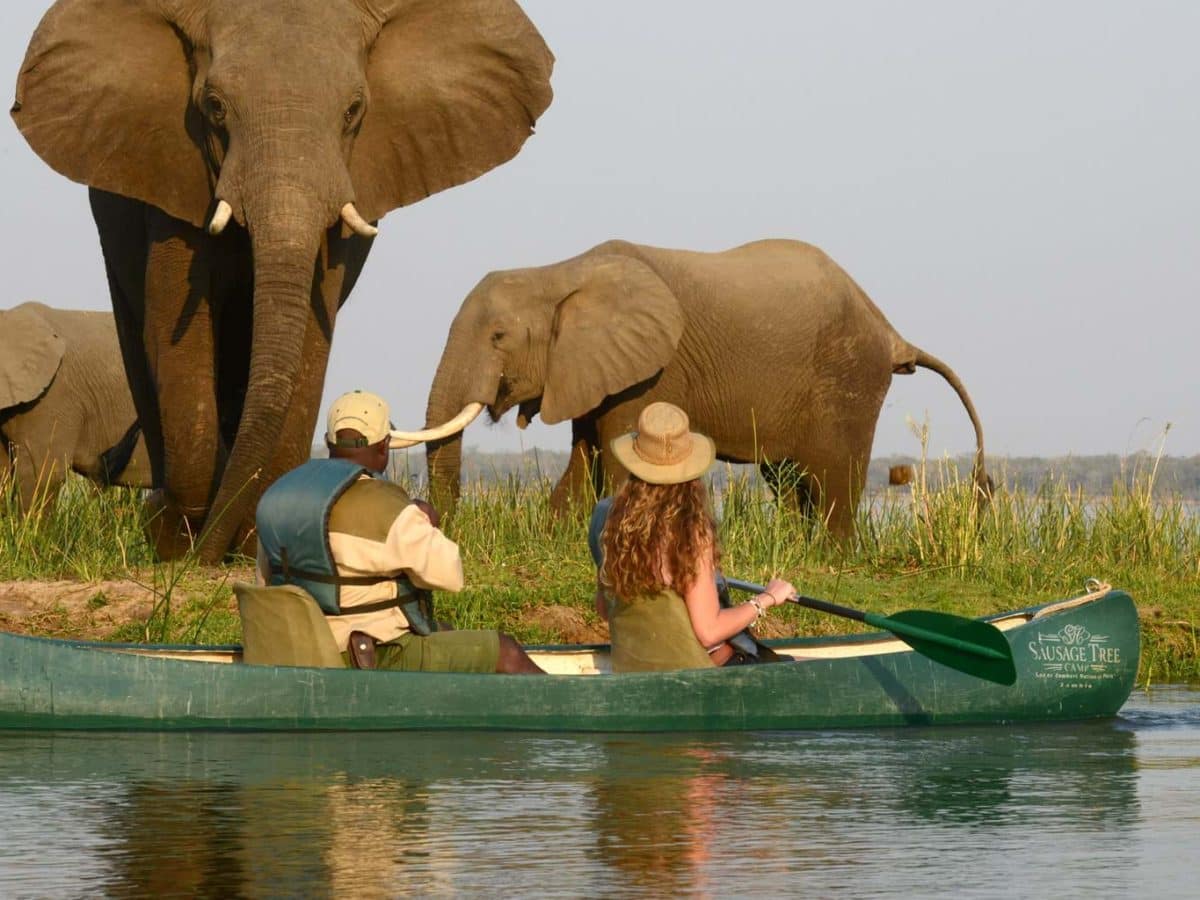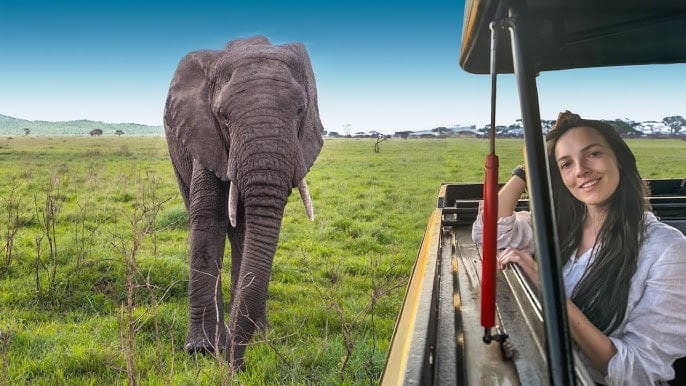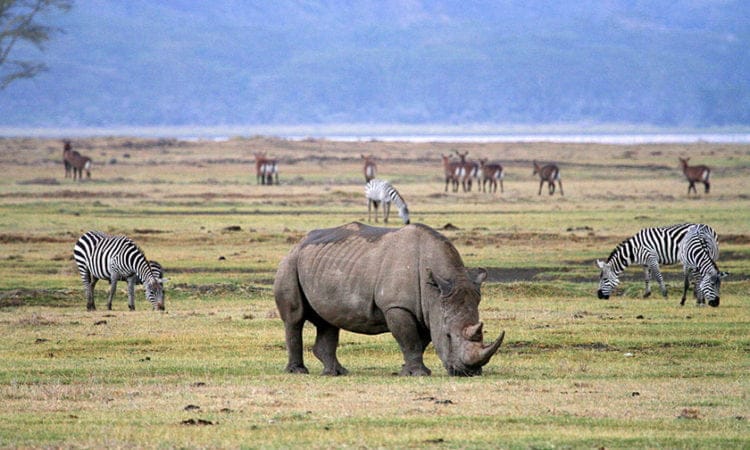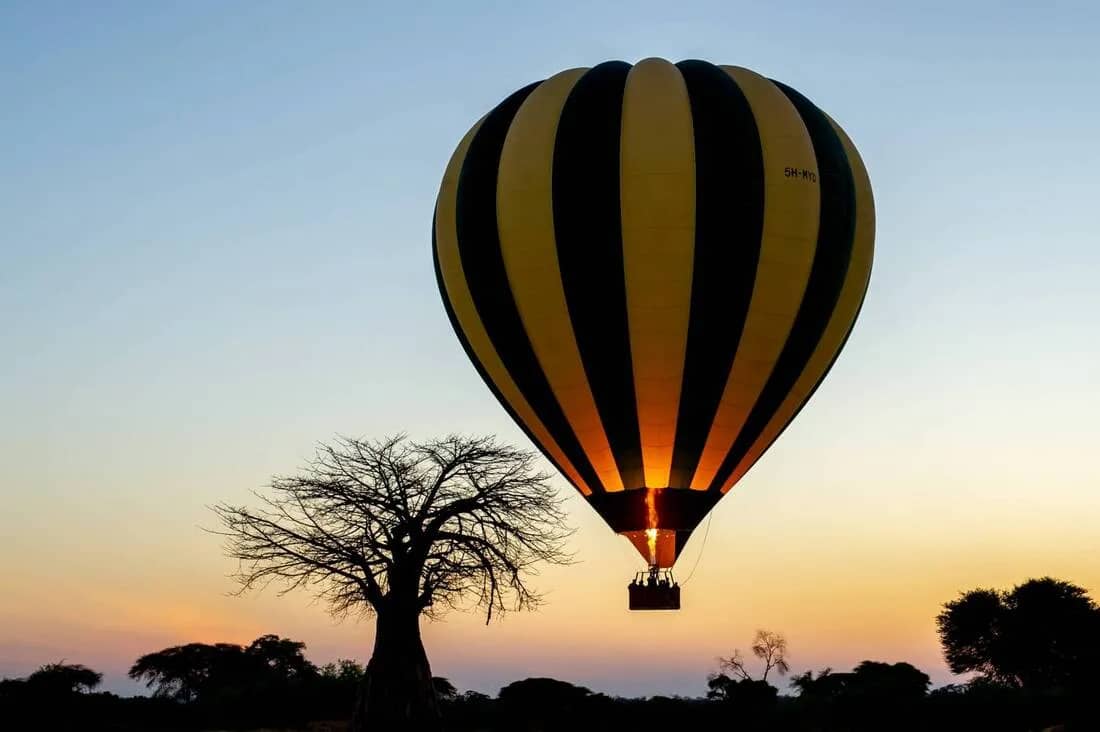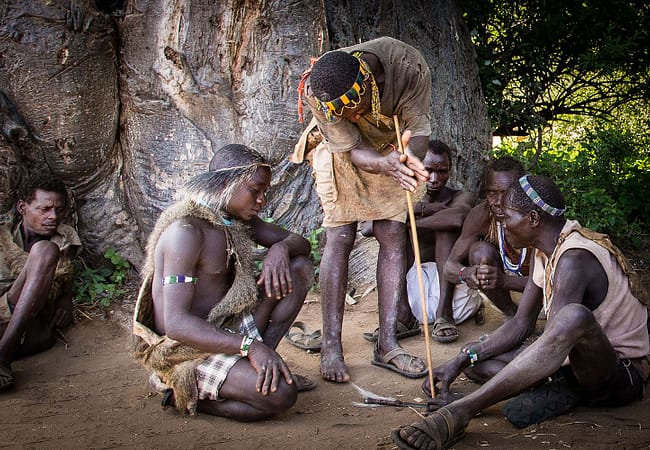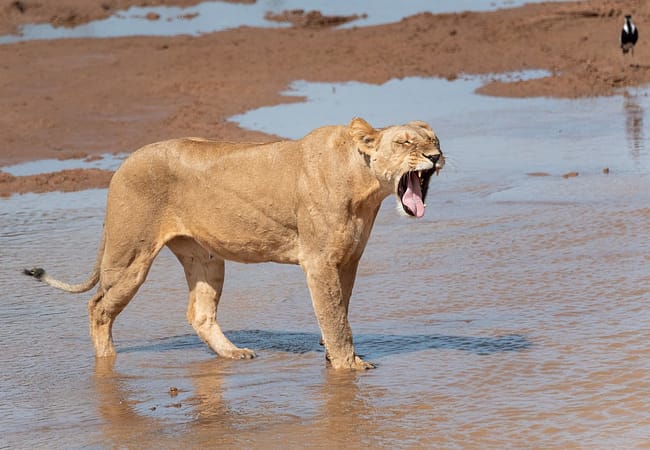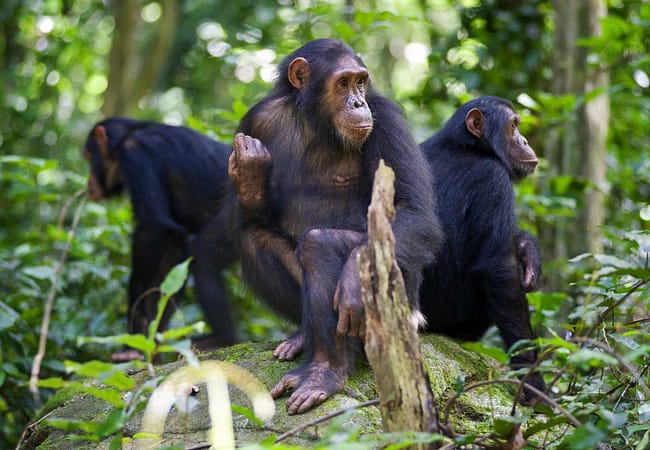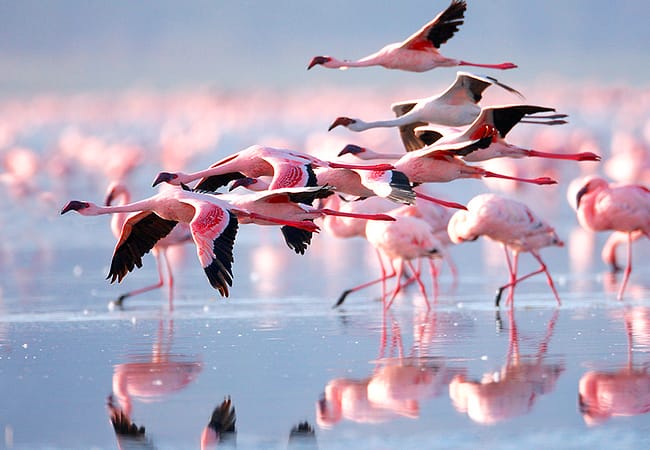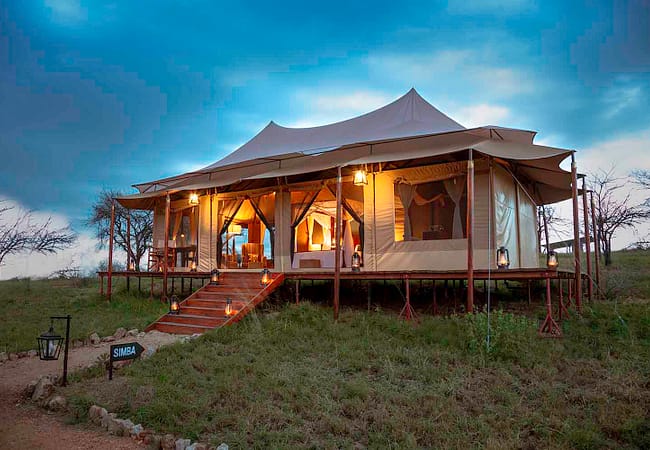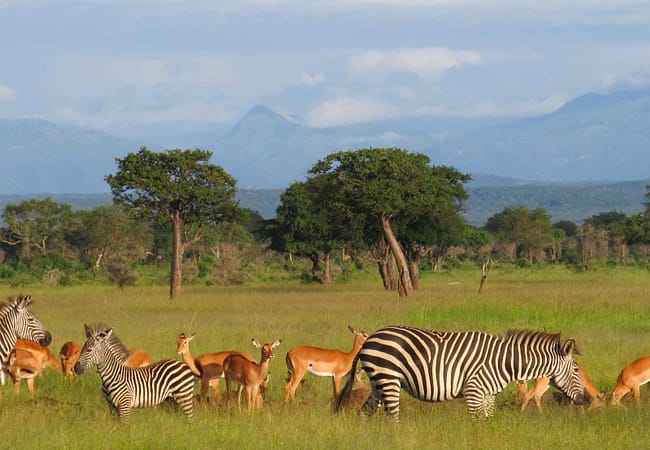Affordable Tanzania Tours
Discover the Wonders of Lake Manyara National Park
Nestled at the base of the Great Rift Valley escarpment in northern Tanzania, Lake Manyara National Park is a hidden gem that offers a diverse and captivating safari experience. Known for its breathtaking landscapes, rich biodiversity, and unique wildlife, this park is a must-visit destination for nature enthusiasts and adventure seekers. This article provides a comprehensive guide to exploring Lake Manyara National Park, highlighting its key attractions, diverse wildlife, and essential travel tips for an unforgettable visit.

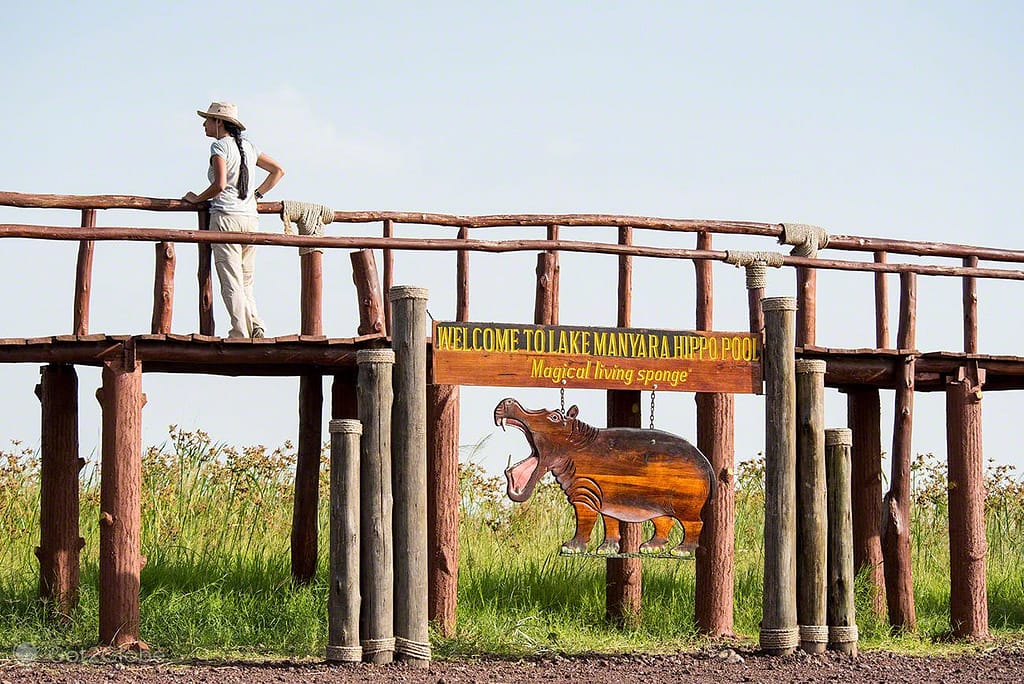
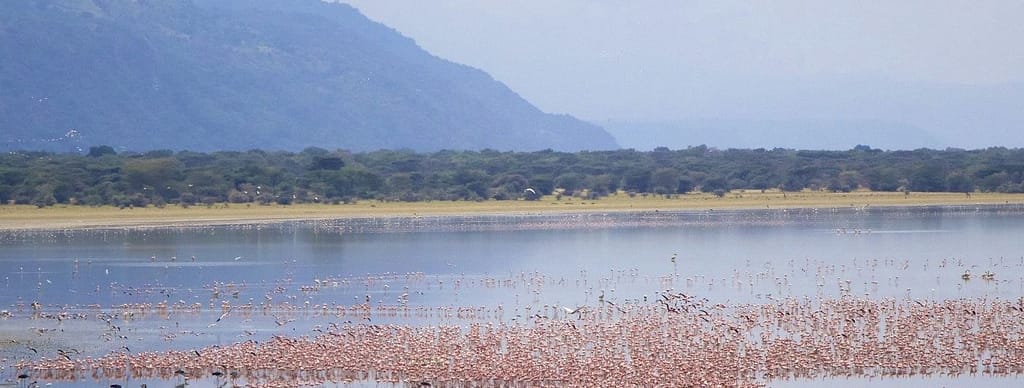
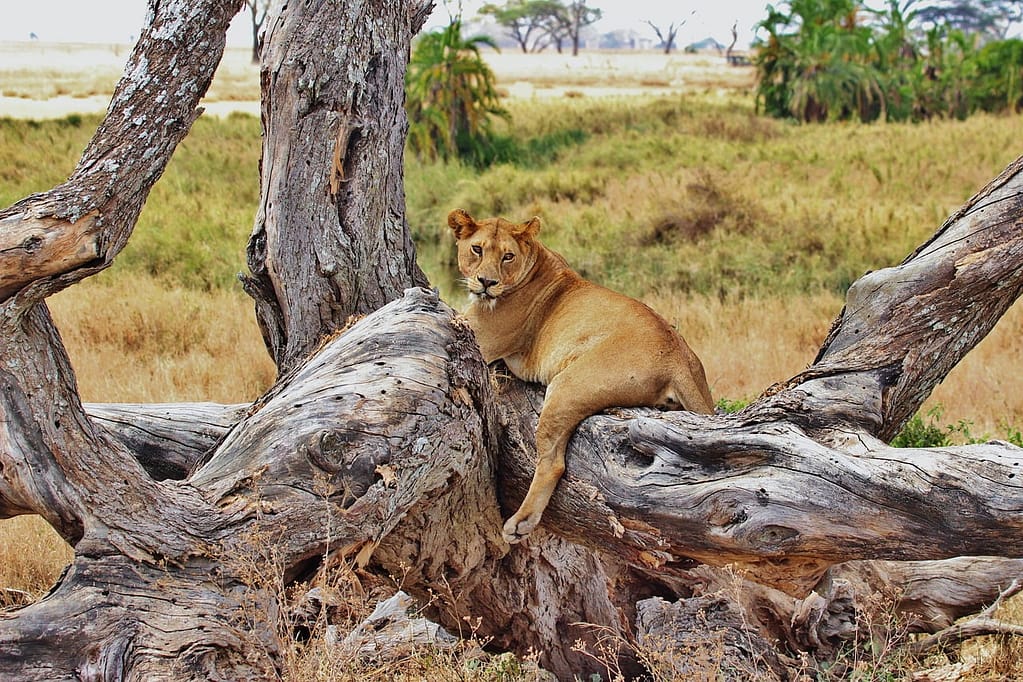
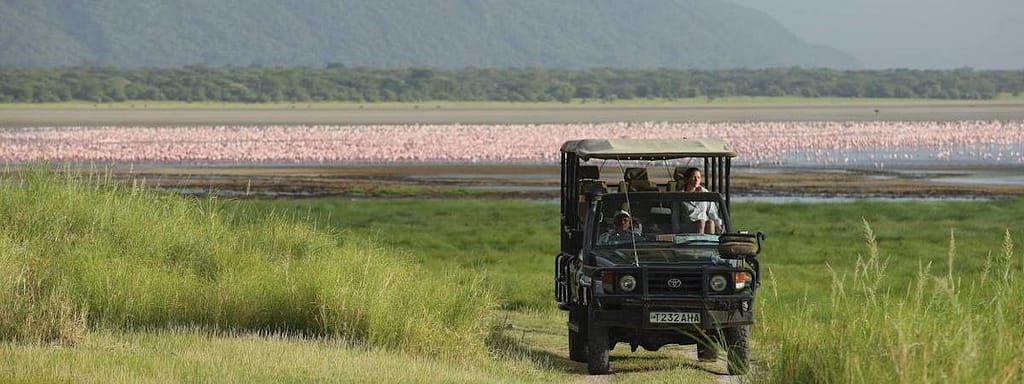

Unique Ecosystems and Stunning Landscapes
Diverse Habitats
Lake Manyara National Park spans over 325 square kilometers and boasts a variety of habitats, including lush groundwater forests, acacia woodlands, savannah grasslands, swamps, and the alkaline lake itself. This diversity of ecosystems supports a wide range of wildlife and offers a unique safari experience.
Scenic Beauty
The park’s picturesque scenery is dominated by the sparkling Lake Manyara, which covers two-thirds of the park’s area. The backdrop of the Great Rift Valley escarpment, towering over 600 meters above the lake, creates a stunning landscape. The park’s lush forests, open plains, and vibrant wetlands provide a beautiful and varied environment for visitors to explore.
Rich Biodiversity
Iconic Tree-Climbing Lions
Lake Manyara National Park is famous for its tree-climbing lions, a rare behavior seen in only a few places in Africa. These lions can often be spotted lounging in the branches of acacia trees, providing a unique and exciting wildlife viewing experience.
Elephants and Large Mammals
The park is home to large herds of elephants, which can frequently be seen roaming the forest and grasslands. Other notable mammals include buffaloes, giraffes, zebras, hippos, and a variety of antelope species. The diversity of habitats within the park ensures a high concentration of wildlife, making every game drive a thrilling adventure.
Birdwatcher’s Paradise
Lake Manyara National Park is a haven for birdwatchers, with over 400 bird species recorded. The alkaline lake attracts large flocks of flamingos, pelicans, storks, and other waterfowl. The park’s forests and woodlands are also home to colorful species such as the African fish eagle, kingfishers, and the lilac-breasted roller.


Exciting Activities
Game Drives
Game drives in Lake Manyara National Park offer an excellent way to explore its diverse habitats and observe its abundant wildlife. Early morning and late afternoon drives are particularly rewarding, as animals are most active during these times. Guided by experienced rangers, visitors can gain insights into the park’s ecology and the behavior of its inhabitants.
Canoeing on Lake Manyara
For a unique perspective, canoeing on Lake Manyara provides a tranquil and immersive experience. Paddling along the shores of the lake, visitors can get up close to waterbirds, hippos, and other wildlife, all while enjoying the serene beauty of the landscape.
Treetop Walkway
The Treetop Walkway in Lake Manyara National Park offers a thrilling and unique way to experience the park’s lush forests. Elevated walkways and suspension bridges allow visitors to explore the forest canopy, providing excellent opportunities for birdwatching and observing the smaller creatures that inhabit the treetops.
Cultural Tours
Engaging in cultural tours with local communities provides a deeper understanding of the traditional way of life in the region. Visitors can visit nearby villages, participate in daily activities, and learn about the customs and traditions of the local people, enhancing their overall experience.
Best Time to Visit
Dry Season (June to October)
The dry season is the best time to visit Lake Manyara National Park for wildlife viewing. During this period, the vegetation is sparse, and animals gather around water sources, making them easier to spot. The weather is also more predictable, with warm days and cool nights.
Wet Season (November to May)
While the wet season brings lush landscapes and fewer tourists, it also offers unique experiences. The park is vibrant with newborn animals during the calving season, and birdwatching is at its peak, with migratory species arriving. However, some areas may be less accessible due to rains.
Practical Information
Getting There
Lake Manyara National Park is easily accessible by road from Arusha, a major city in northern Tanzania. The drive takes approximately two hours. Alternatively, charter flights are available to the nearby Lake Manyara Airstrip for those seeking a quicker journey.
Accommodation
The park and its surrounding areas offer a range of accommodation options to suit different budgets and preferences. From luxury lodges and tented camps to budget-friendly campsites, visitors can choose the type of stay that best fits their needs. Popular options include Lake Manyara Serena Safari Lodge, Manyara Tree Lodge, and Migunga Tented Camp.
Conservation Efforts
Protecting Wildlife and Habitats
Conservation is a priority in Lake Manyara National Park. Efforts are made to protect the diverse wildlife and their habitats from threats such as poaching and habitat destruction. The park works closely with local communities and conservation organizations to promote sustainable practices and wildlife conservation.
Community Involvement
Engaging local communities is essential for the park’s long-term conservation success. Initiatives that support education, healthcare, and employment help build positive relationships between the park and surrounding communities. Visitors are encouraged to learn about and support these initiatives during their stay.
Conclusion
Lake Manyara National Park is a captivating destination that offers visitors an extraordinary safari experience. Its rich biodiversity, stunning landscapes, and unique wildlife make it a top choice for anyone seeking an authentic African adventure. Whether you are exploring the park’s diverse habitats, engaging in exciting activities, or simply enjoying the scenic beauty, Lake Manyara National Park promises an unforgettable journey. Plan your visit today and discover the magic of one of Tanzania’s most enchanting natural wonders.
